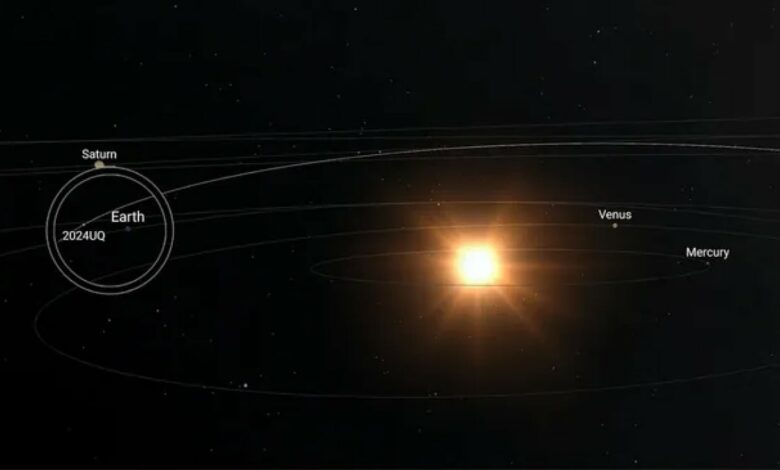An asteroid burned up over California just hours after it was spotted

An asteroid with a diameter of about one meter struck Earth’s atmosphere on October 22, 2024, just hours after its first detection. Discovered by the Asteroid Terrestrial-impact Last Alert System (ATLAS) in Hawaii, the object – named 2024 UQ – approached the planet undetected by global impact monitoring systems before disintegrating over the Pacific Ocean off the coast of California. The European Space Agency’s (ESA) Near-Earth Object Coordination Center later confirmed the event in its November newsletter, reporting that tracking data for the asteroid only reached monitoring systems after the impact had already occurred.
Limited tracking data due to detection timing
According to According to the November ESA newsletter, 2024 UQ had been picked up by ATLAS’ celestial telescopes. However, the asteroid was not identified as a moving object until minutes before it entered Earth’s atmosphere due to its location between two adjacent sky fields in the survey system. This detection delay meant that vital tracking data was delayed and unavailable to impact monitoring centers, which track potential Near Earth Object (NEO) threats. Confirmation of the asteroid impact was made possible by data from the National Oceanic and Atmospheric Administration (NOAA) GOES weather satellites and NASA’s Catalina Sky Survey, which recorded flashes confirming the arrival of 2024 UQ.
Third impending impact event in 2024
This incident marked the third threatened impactor event in 2024. In January, a similar object, designated 2024 BX1, burned up over Berlin, while another asteroid, 2024 RW1, exploded over the Philippines in September, with images of the fireball captured by local observers . These examples underscore the rarity but increasing frequency of small asteroids entering Earth’s atmosphere unnoticed.
Bottom link Astronaut Sunita Williams refutes health concerns during ISS mission
Global efforts to monitor objects near Earth
Planetary defense remains a priority as space agencies around the world develop systems to track potentially dangerous objects. In addition to projects like ATLAS and the Catalina Sky Survey, NASA’s upcoming NEO Surveyor mission aims to use infrared technology to improve detection capabilities. ESA’s NEO Coordination Center continues its work tracking near-Earth objects, while also conducting deflection experiments, including NASA’s 2022 DART mission, to test potential asteroid redirection strategies.




